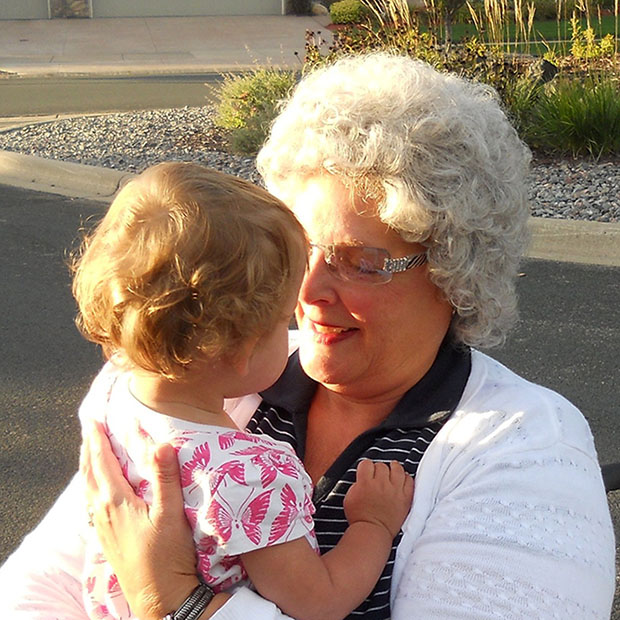What to Know About AMD

Age-related macular degeneration (AMD) is a leading cause of irreversible vision loss for people over 50.
What is AMD? It’s the gradual loss of central vision as the macula (the part of the retina where photoreceptor cells are most concentrated, giving us our detailed central vision) deteriorates. After a certain point, AMD makes it difficult or impossible to perform close-up tasks like reading and writing. Driving is also no longer an option.
What Are the Symptoms of AMD?
AMD is painless, and in the early stages, it doesn’t always have symptoms the patient will notice, which makes it very easy for the condition to go undetected until it becomes more advanced in patients who only go to the eye doctor when they need an updated glasses prescription. Over time, things might look duller or warped, and dark or blurry patches will begin to develop in the central vision.
Know Your Risk Factors
Age is the biggest risk factor of AMD, and like race and genetics, it’s not a risk factor we can help. Compared to other races, white people are most likely to develop AMD. Know your family’s eye health history and make sure your eye doctor knows. The one major risk factor we can control is smoking, which makes numerous sight-threatening conditions much more likely.
Wet AMD Versus Dry AMD
As many as 90% of AMD cases are the dry variety. Dry AMD happens when the tissues of the macula grow thinner over time and deposits of a fatty substance called drusin build up. Dry AMD is the less serious form, but it can develop into wet AMD.
In cases of wet AMD, the body attempts to combat the retina’s weakening blood supply by growing new blood vessels in the retina, but these are unstable and prone to leaking, which leaves the macula scarred and causes even more vision loss. Wet AMD also progresses more quickly than dry AMD.
Preventing and Slowing AMD Through Healthy Living
Currently, there is no cure for age-related macular degeneration, but that doesn’t mean we’re powerless against it. Building and maintaining an eye-healthy lifestyle will give your eyes the best tools against sight-threatening conditions. This means eating lots of fish, carrots, eggs, and leafy greens, getting regular exercise, and avoiding harmful habits like smoking.
The Role of the Eye Doctor
The most important weapon against AMD is early detection, and that means regular eye exams — even when nothing seems wrong with your vision. People over fifty (especially people with additional risk factors) should be getting yearly eye exams so that the eye doctor can catch the early signs and start fighting to slow down AMD’s progress.